Deputy editor James Attwood put out the call: “Who has ended up with an accidental longtermer? What is it? Can it top my T-Roc Cabriolet?”
I glanced out of the window. “Um, possibly, mate.”
When lockdown brought the UK car industry to a screeching halt, it quickly became apparent that whatever car each staff member had been babysitting on the evening of Monday 23 March was going to be their new de facto longtermer, whether they liked it or not. And when the music did suddenly stop, I was left with the keys to the rear-drive version of Lamborghini’s Huracán Evo.
April 29 2020: We don’t have a comprehensive spec for this car, because one doesn’t exist: this is an ‘events’ car – one of two that were trailered from Italy to Millbrook Proving Ground for Autocar, plus a few others, to drive and report on.
Unsurprisingly, the Millbrook meet-up was spiked, so we collected the Huracán from Lamborghini’s service department in north-west London – the day before lockdown. News reports suggested the country was headed only one way, so I put more than 300 miles on the odometer and gathered as many driving and general impressions as possible.
Suffice it to say, even with 29bhp trimmed from the Lamborghini Performante-spec 5.2-litre V10 of the regular Huracán Evo, leaving 602bhp, this thing still goes like a missile. Moreover, it goes better than any other Huracán I’ve driven. It’s rare to see one of these cars with the smallest, 19in wheels, but there’s no doubt these improve the ride and the steering – and possibly even the look of the thing.
Also, the cast-iron brakes are much more progressive than the overservoed and expensive ceramic options, while the new, low-slung Sports seats are, on acquaintance, excellent. Better still, they show Lamborghini’s hunger to genuinely improve the driving experience.
The rear-drive Huracán is box-fresh, remember, and this Grigio Hati (think non-metallic USAF grey) example would’ve been one of the last last cars to leave Sant’Agata before the factory switched to making surgical masks for the largest hospital in nearby Bologna. Without wanting to make unnecessary light of a tragic situation, these are being made by the women who usually stitch together the wild interiors of the Aventador SVJ etc, and they’re bright orange. Good old Lambo.
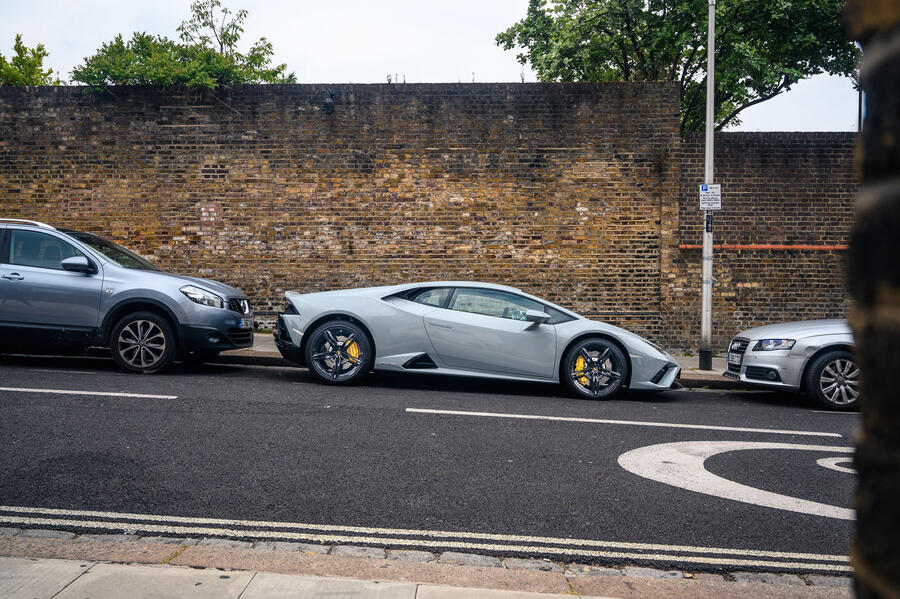
I’ve answered the NHS’s plea for volunteers, so there’s the amusing prospect of delivering an isolated pensioner’s lunch via spacecraft. Trips to the supermarket and back to Haymarket HQ to grab a monitor have also shown just how docile the Huracán can be, although over-the-shoulder visibility is typically poor on the off-side. The main takeaway is that this car is pretty easy to meander about in.

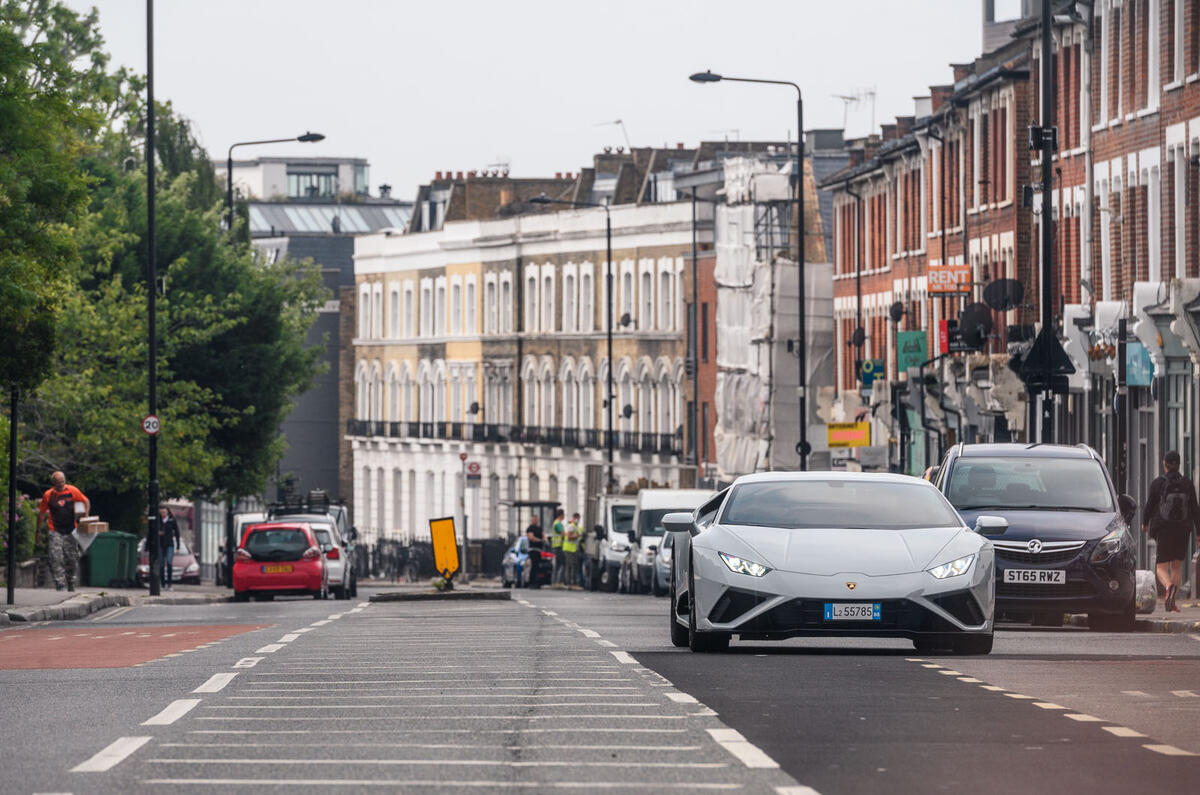
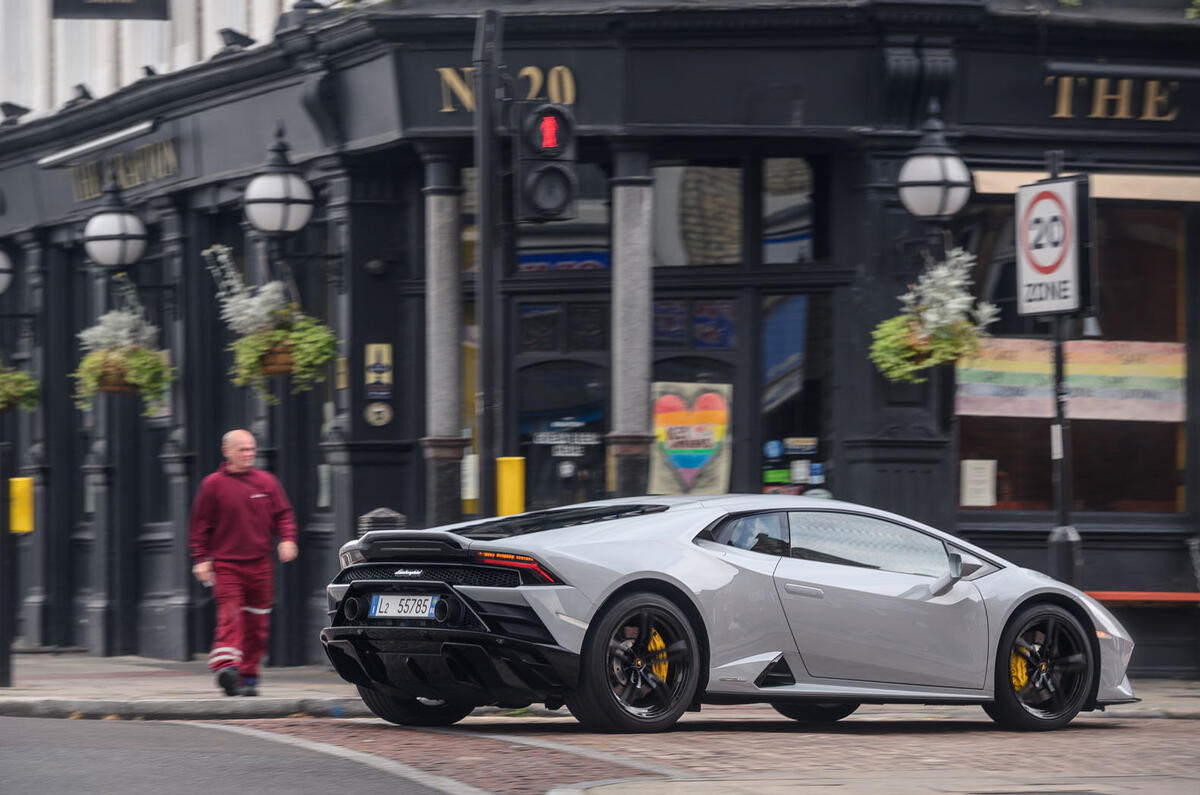
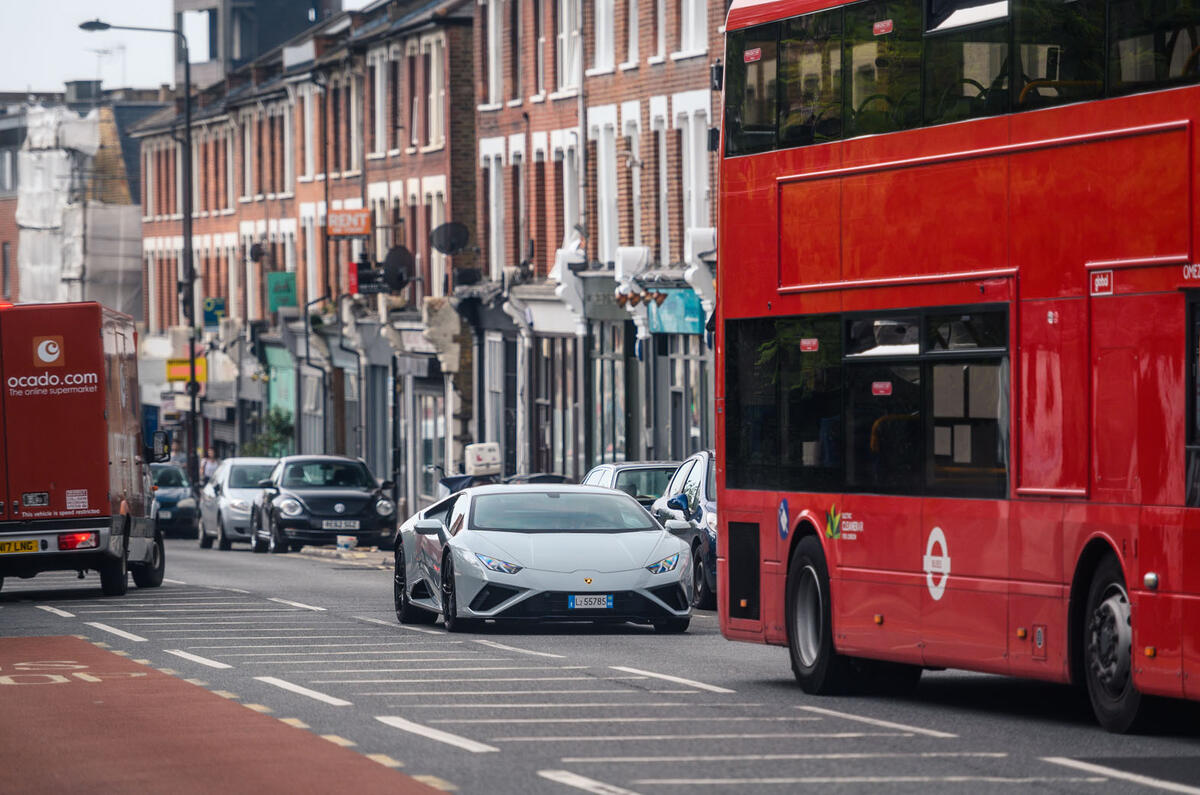
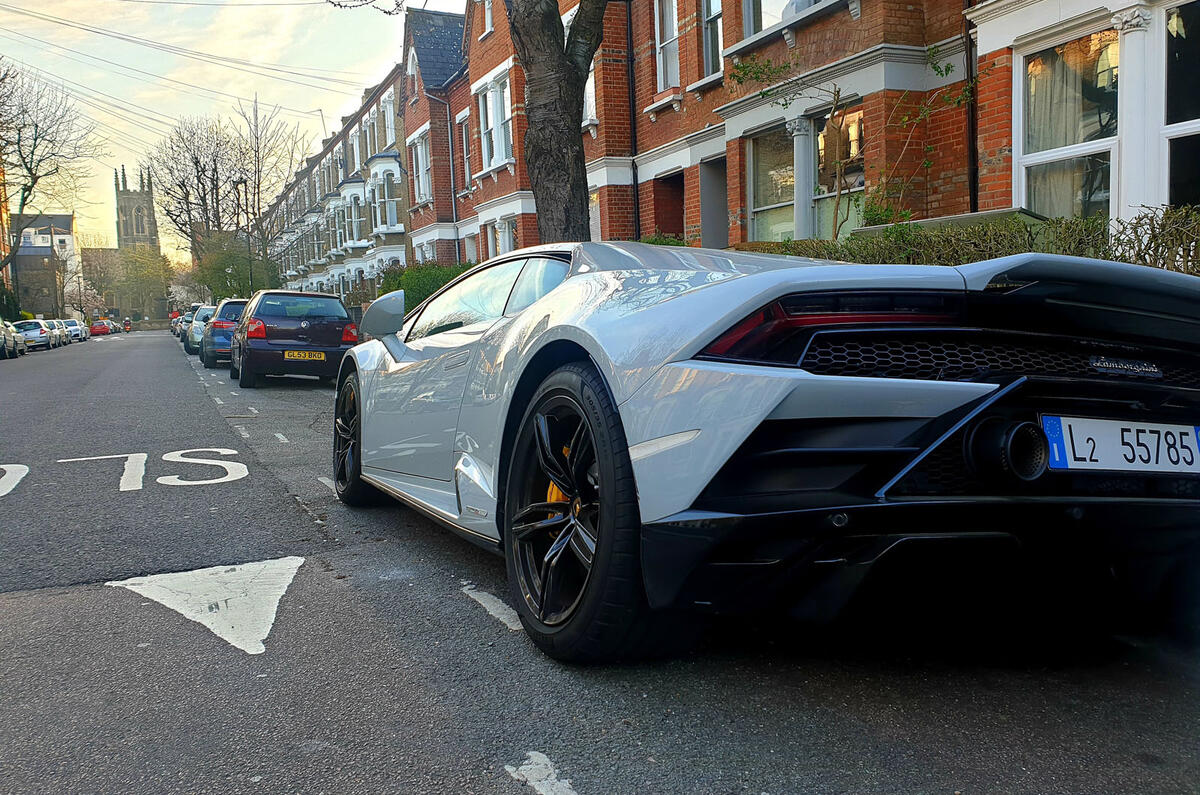
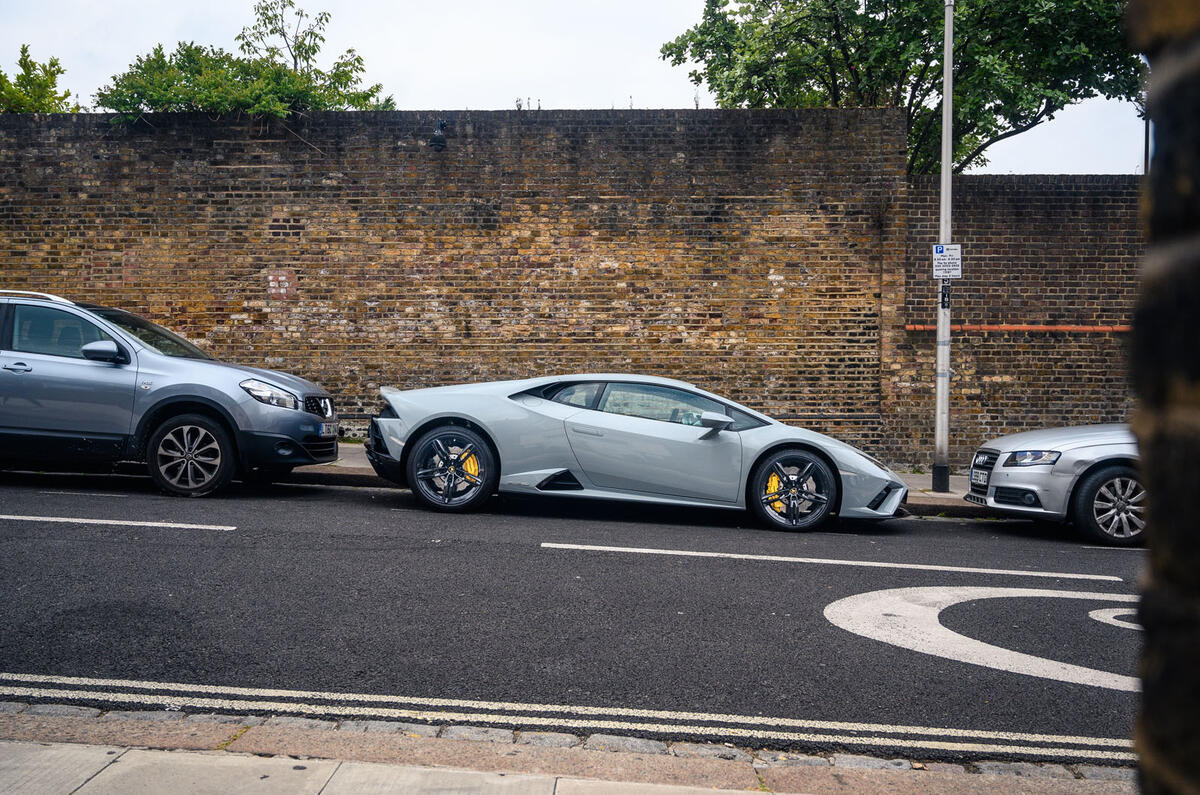
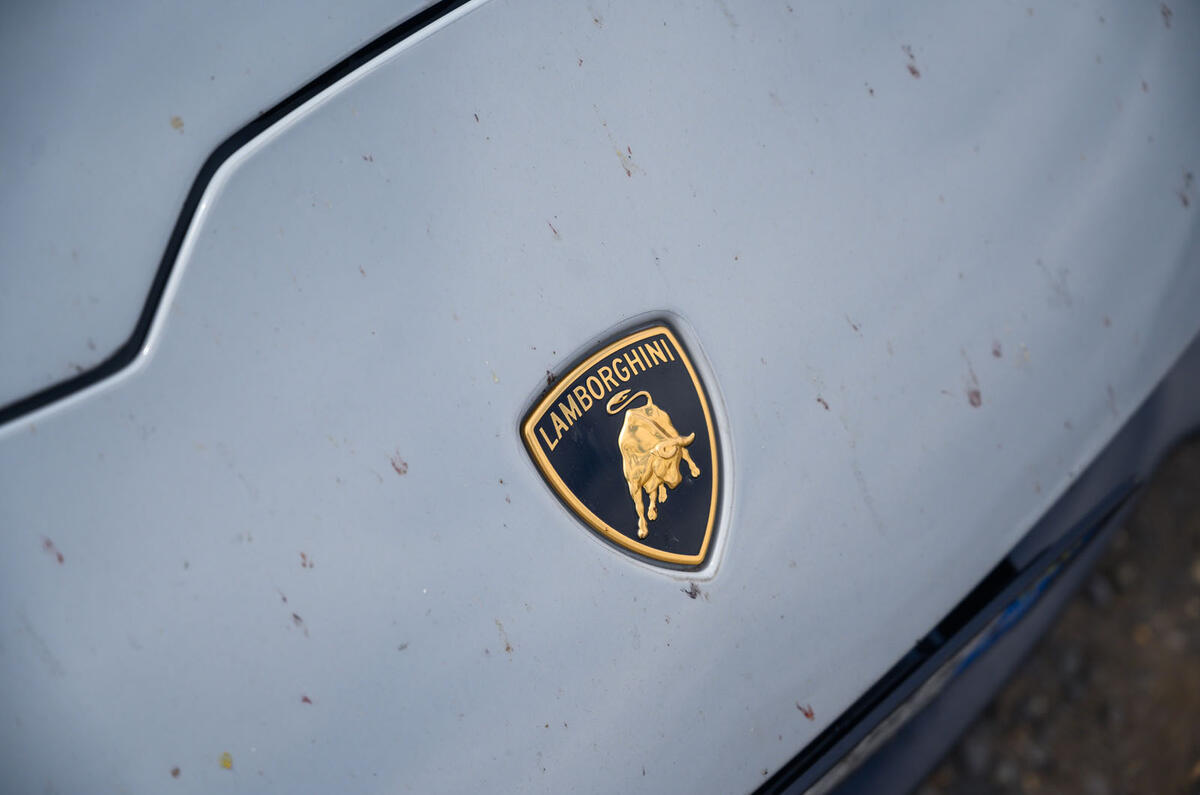
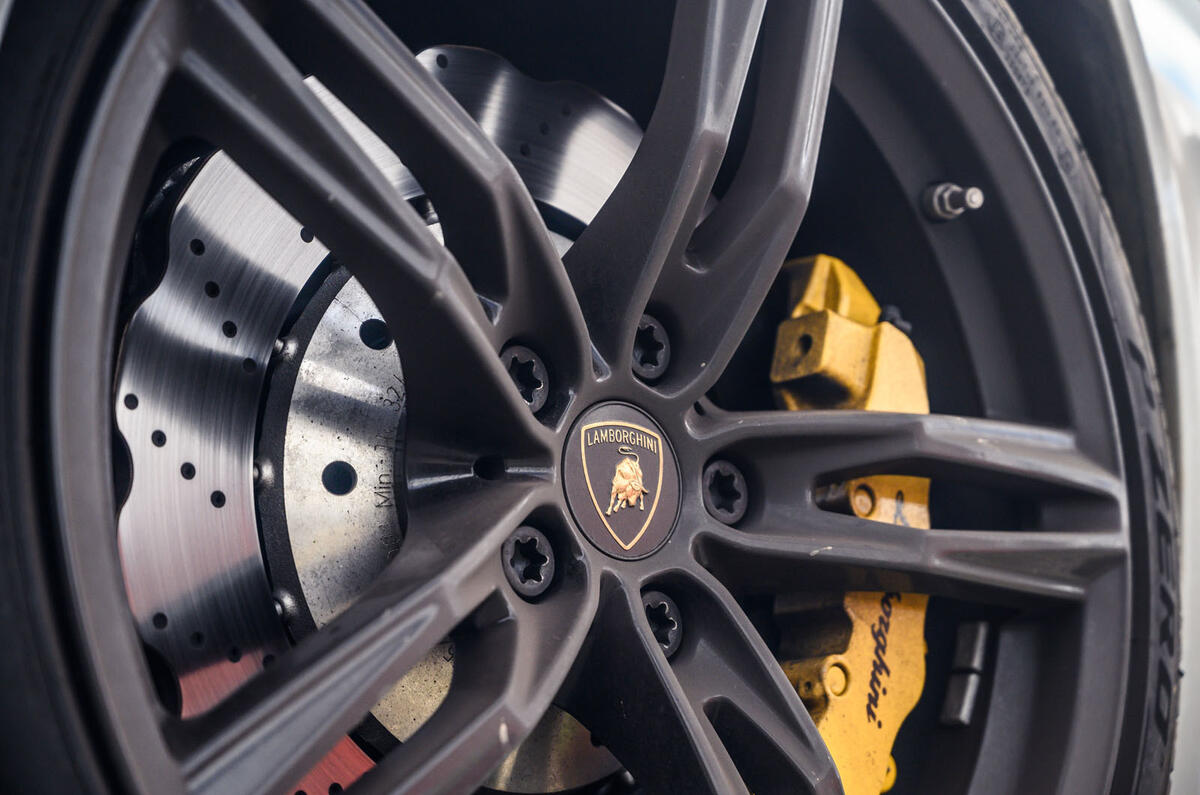
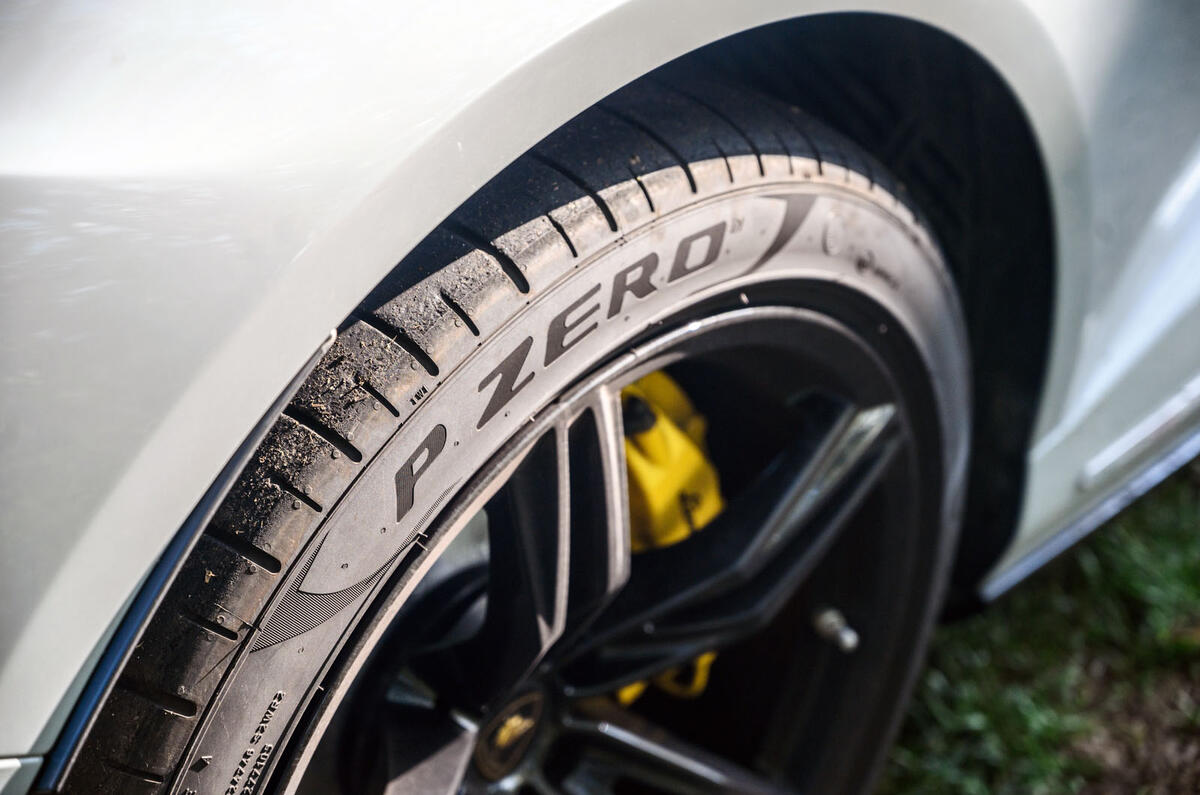
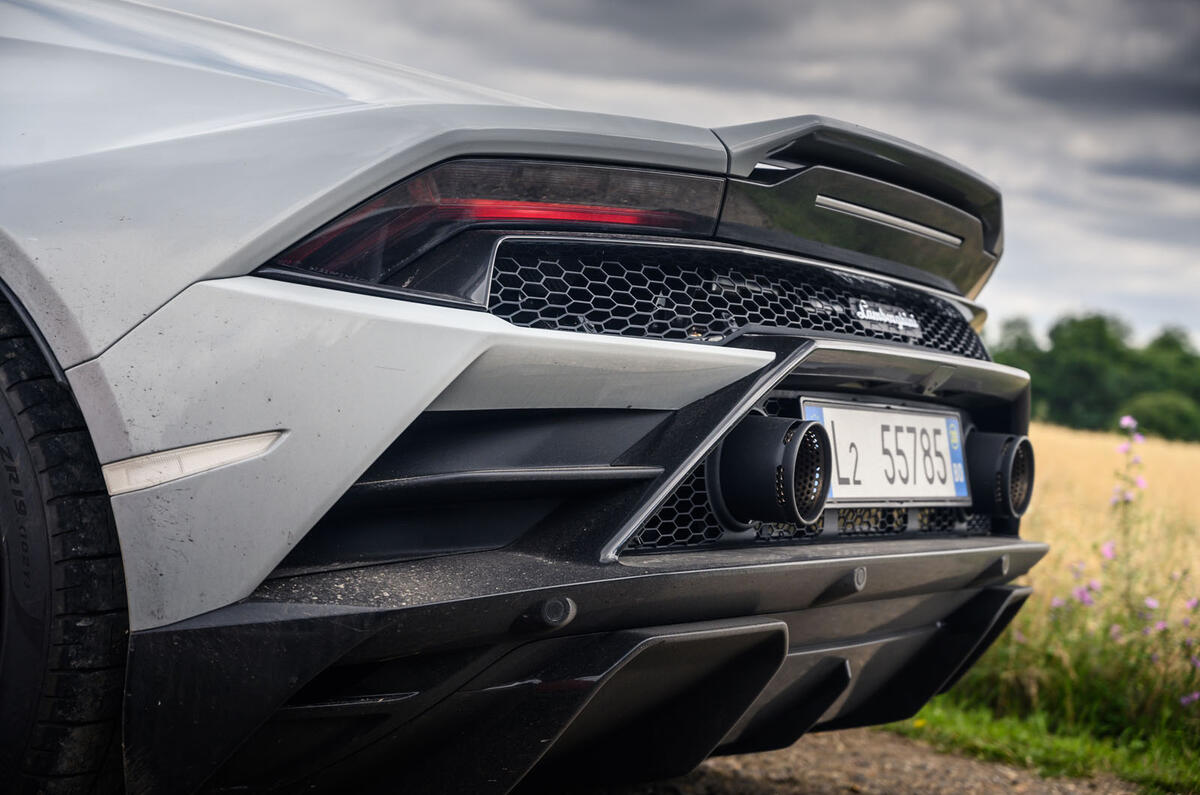

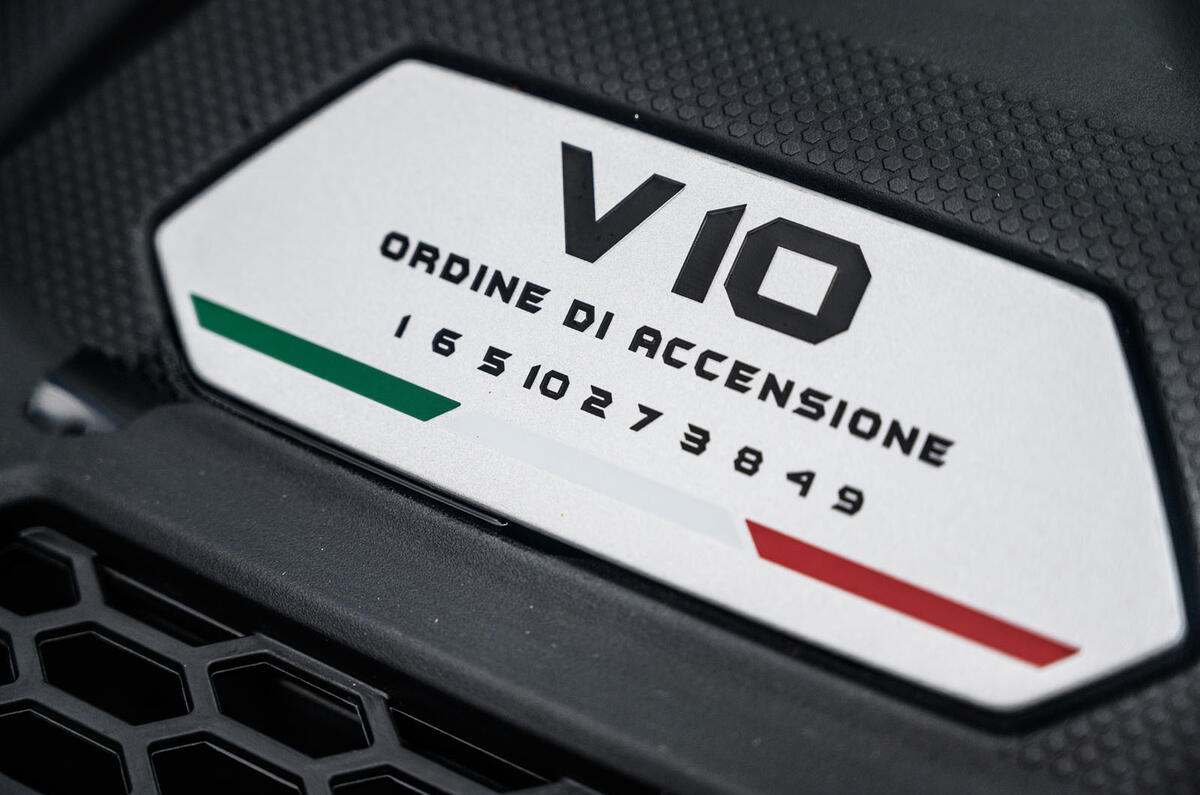
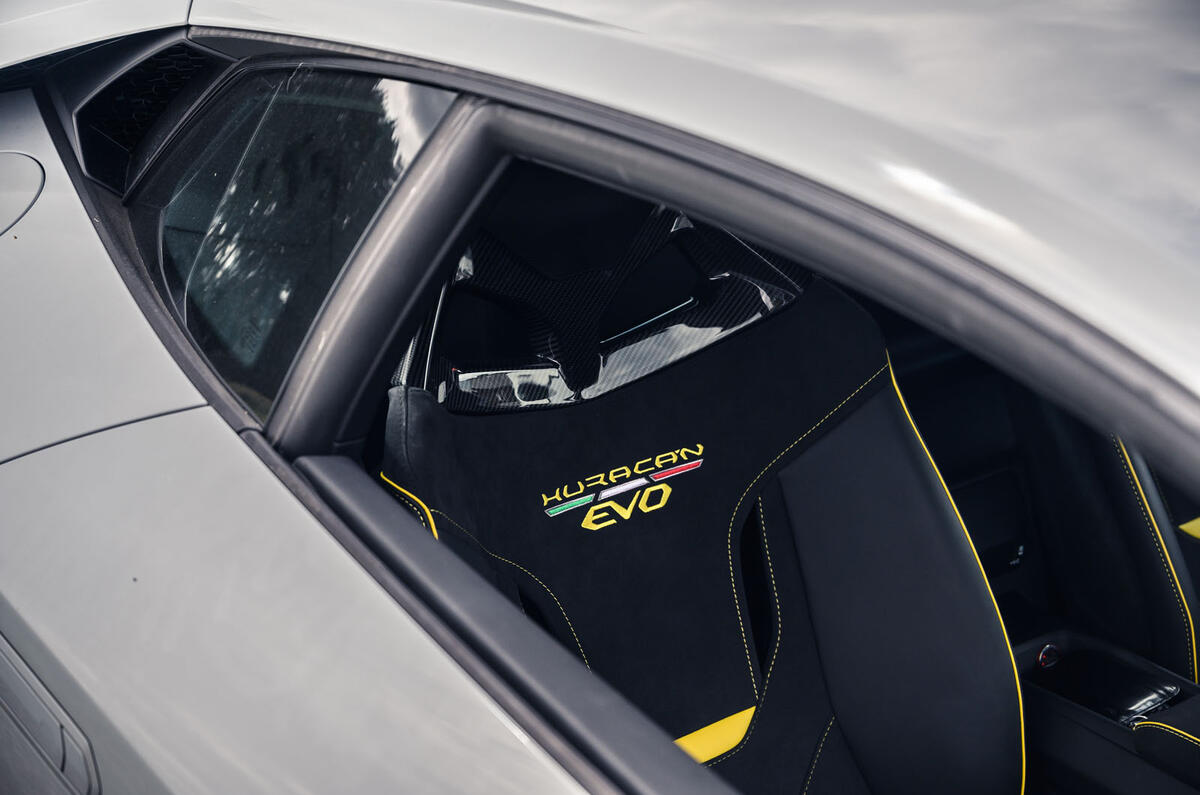
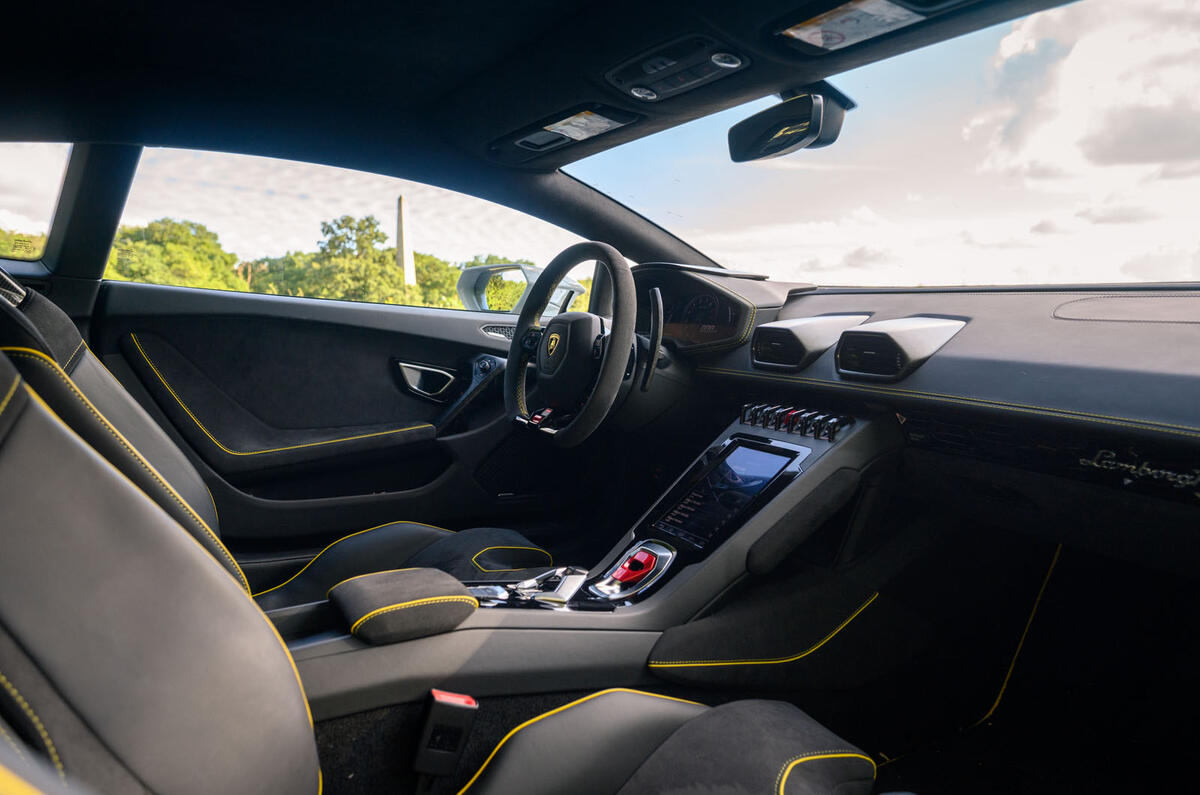
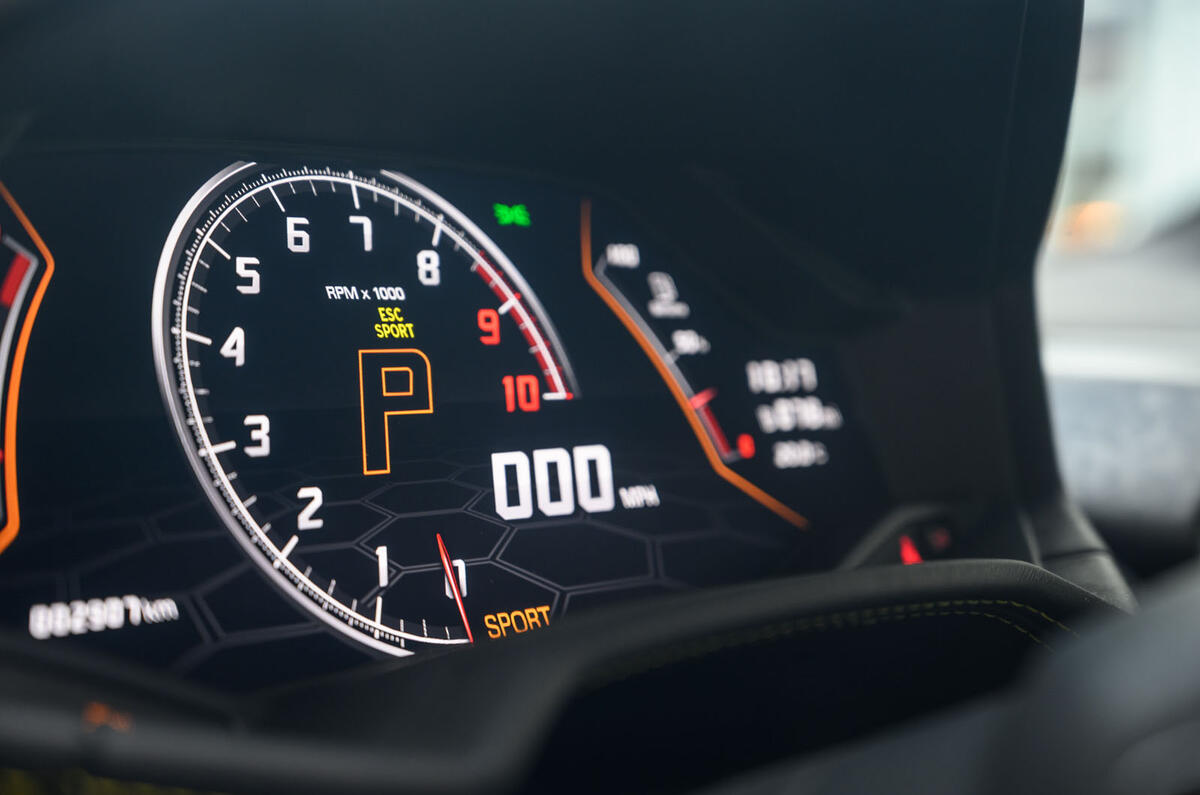
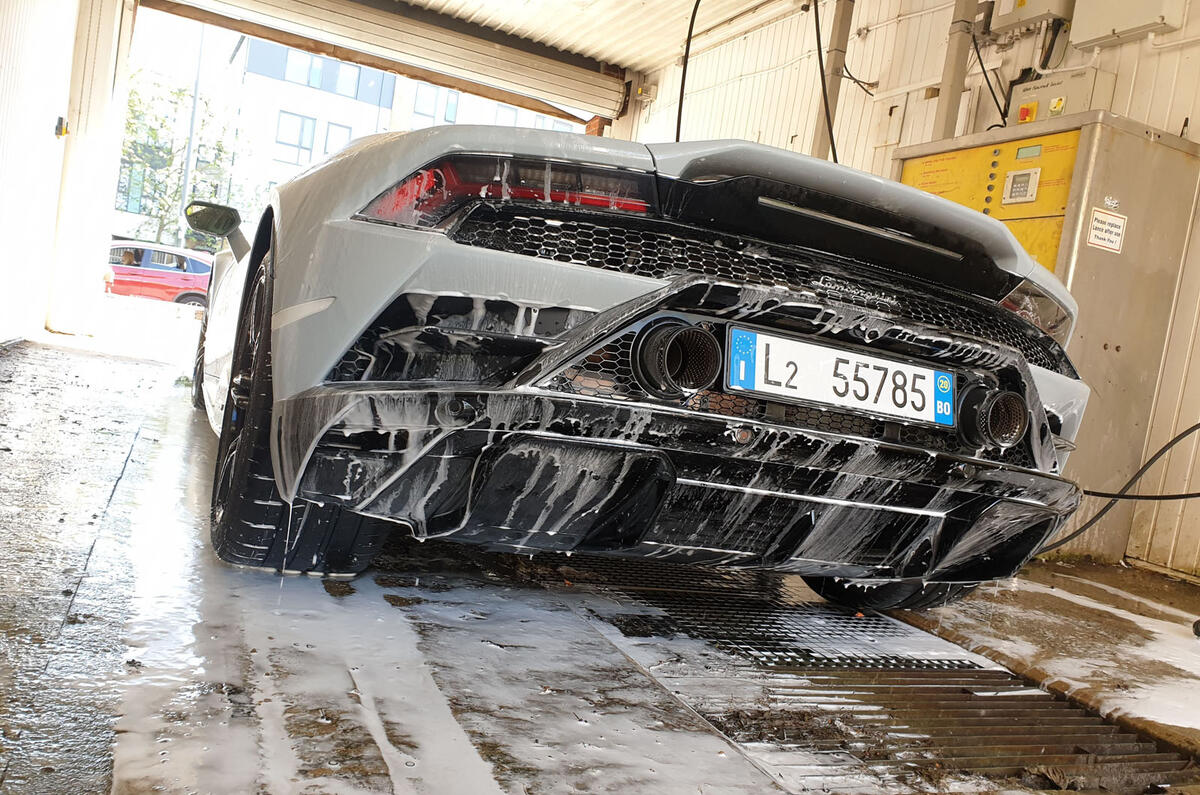
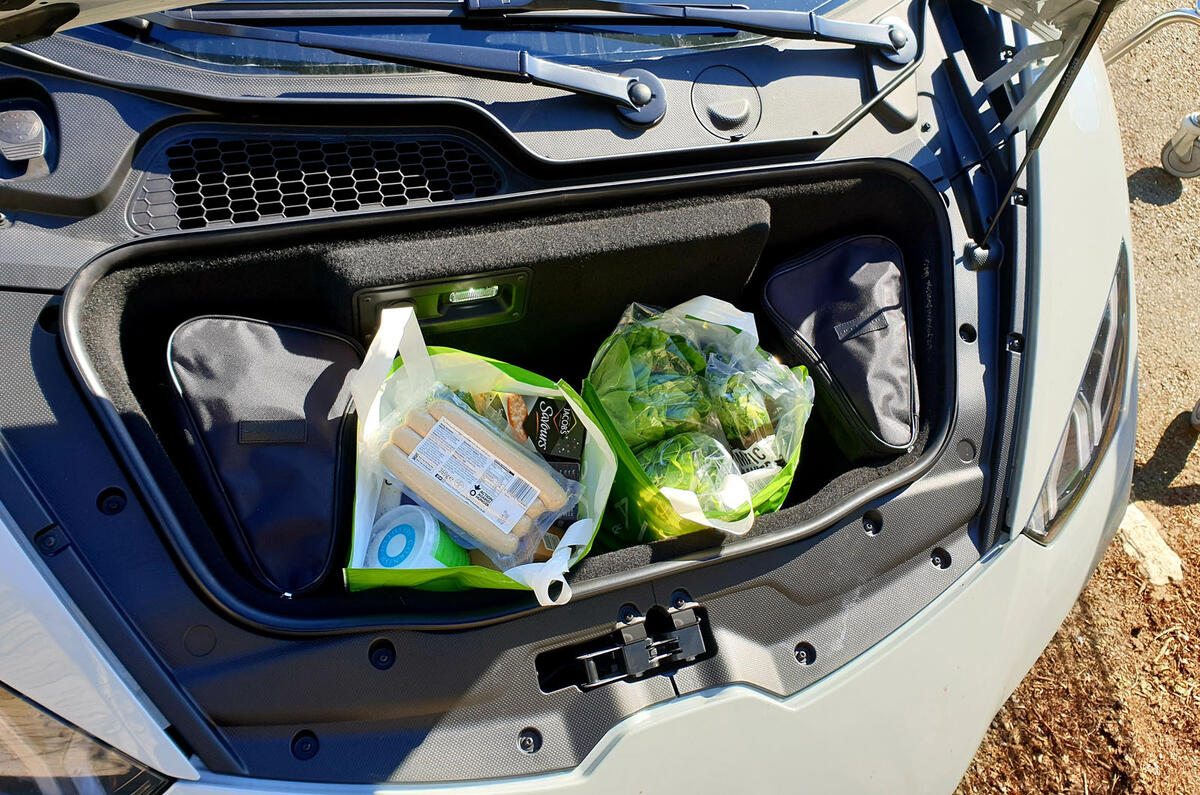
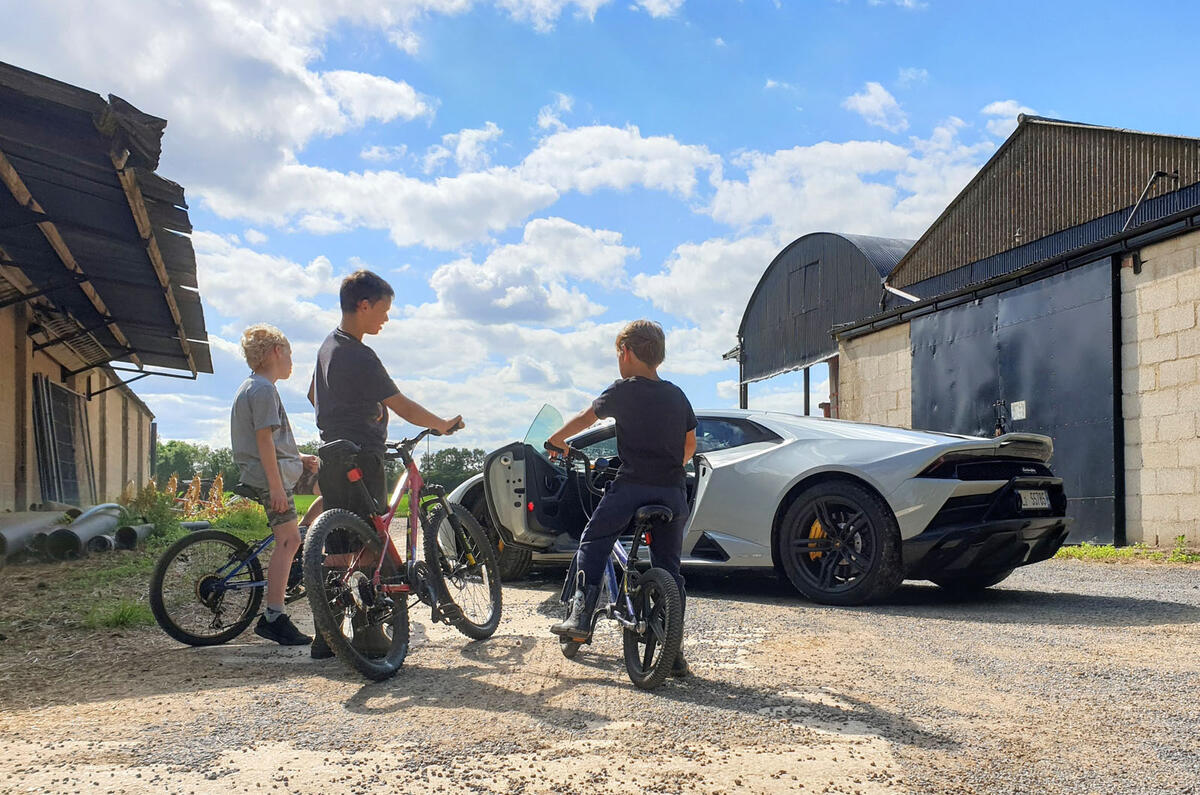

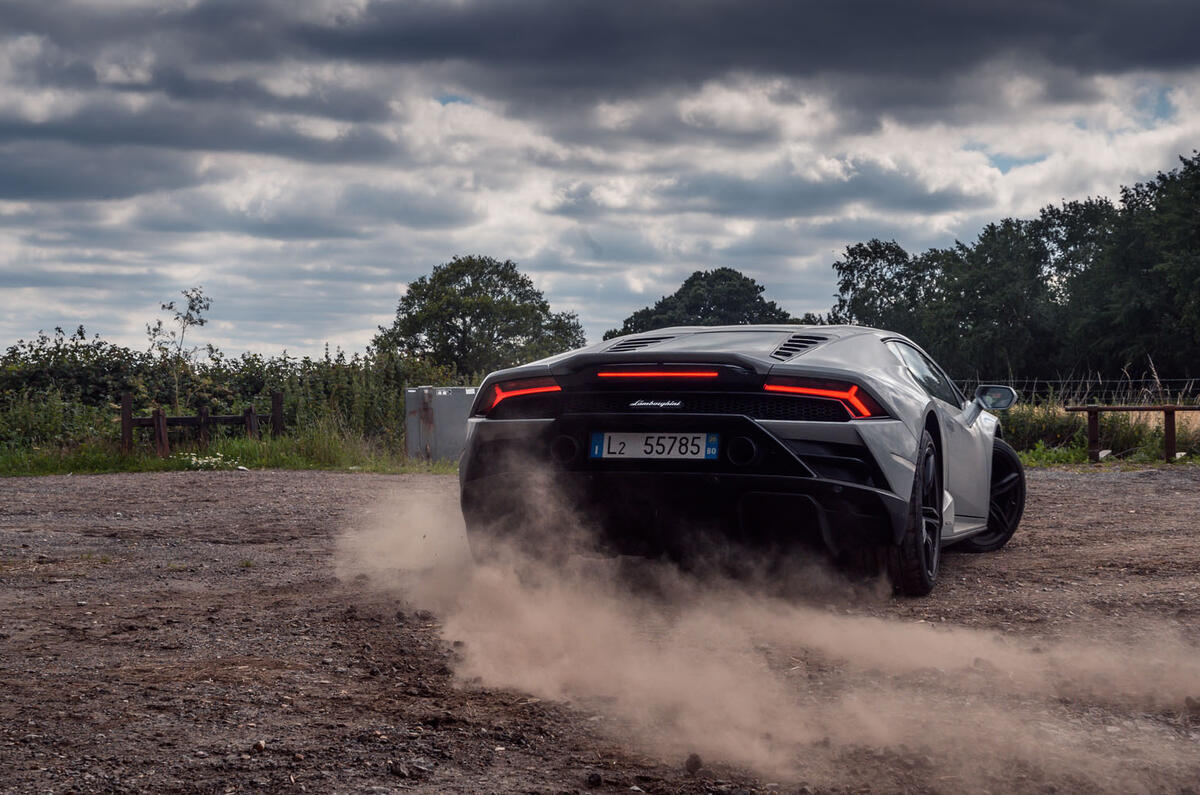
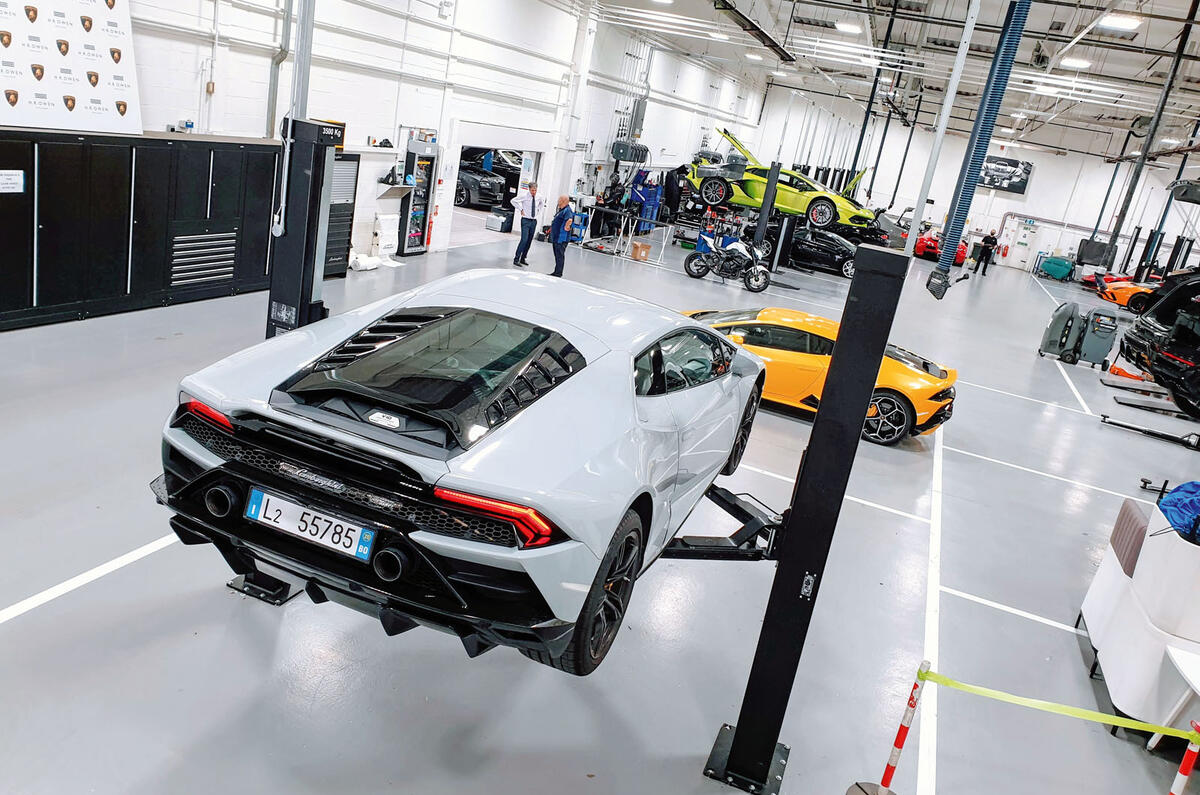
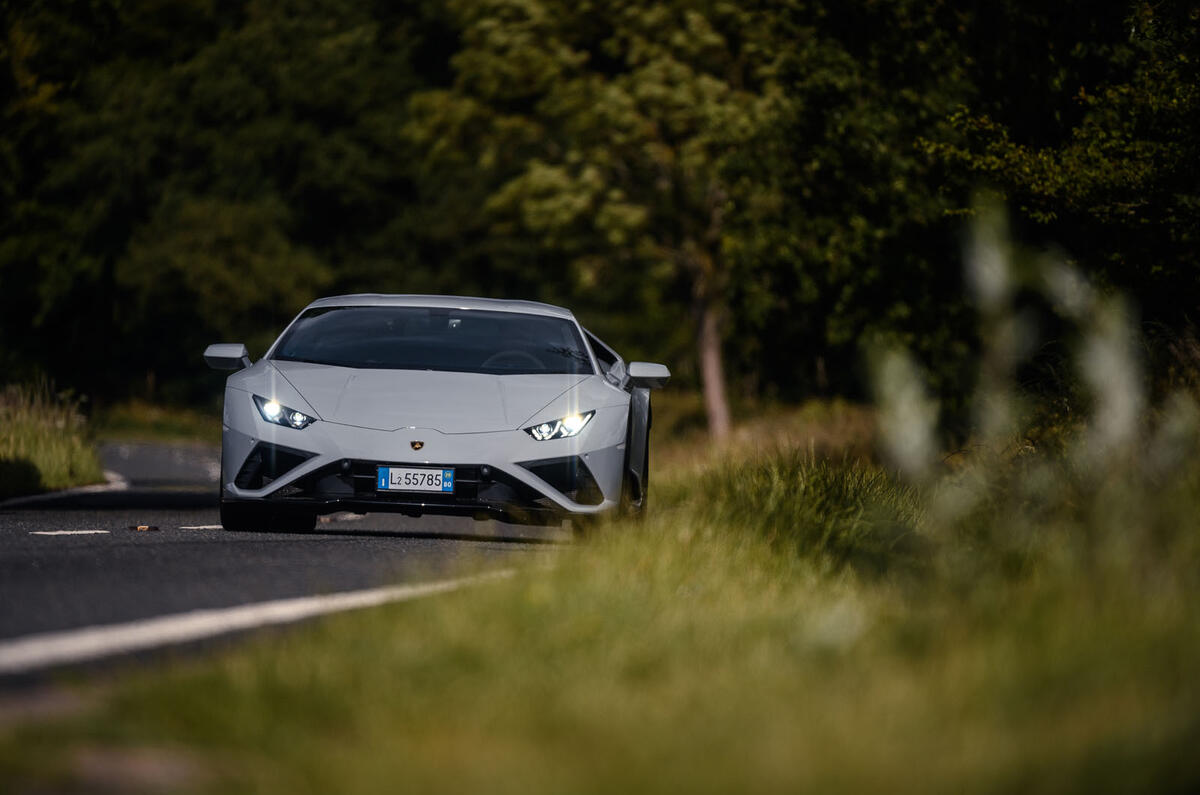
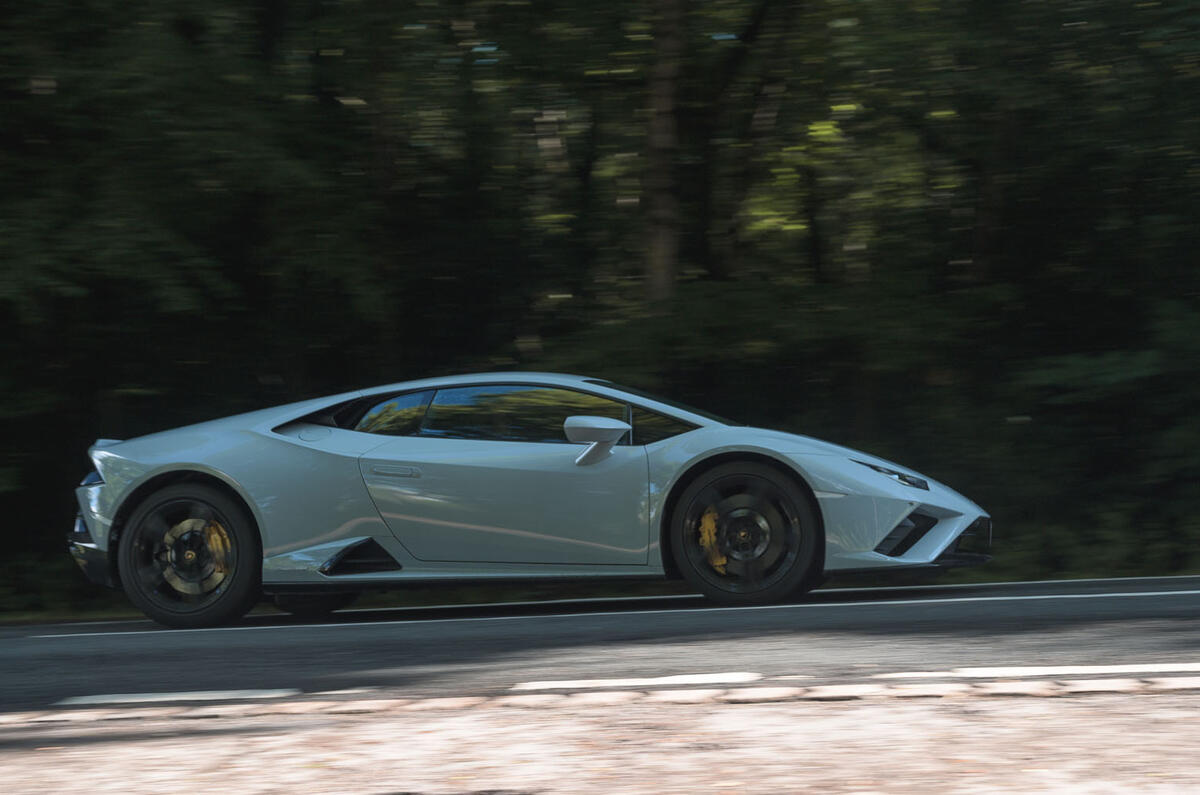

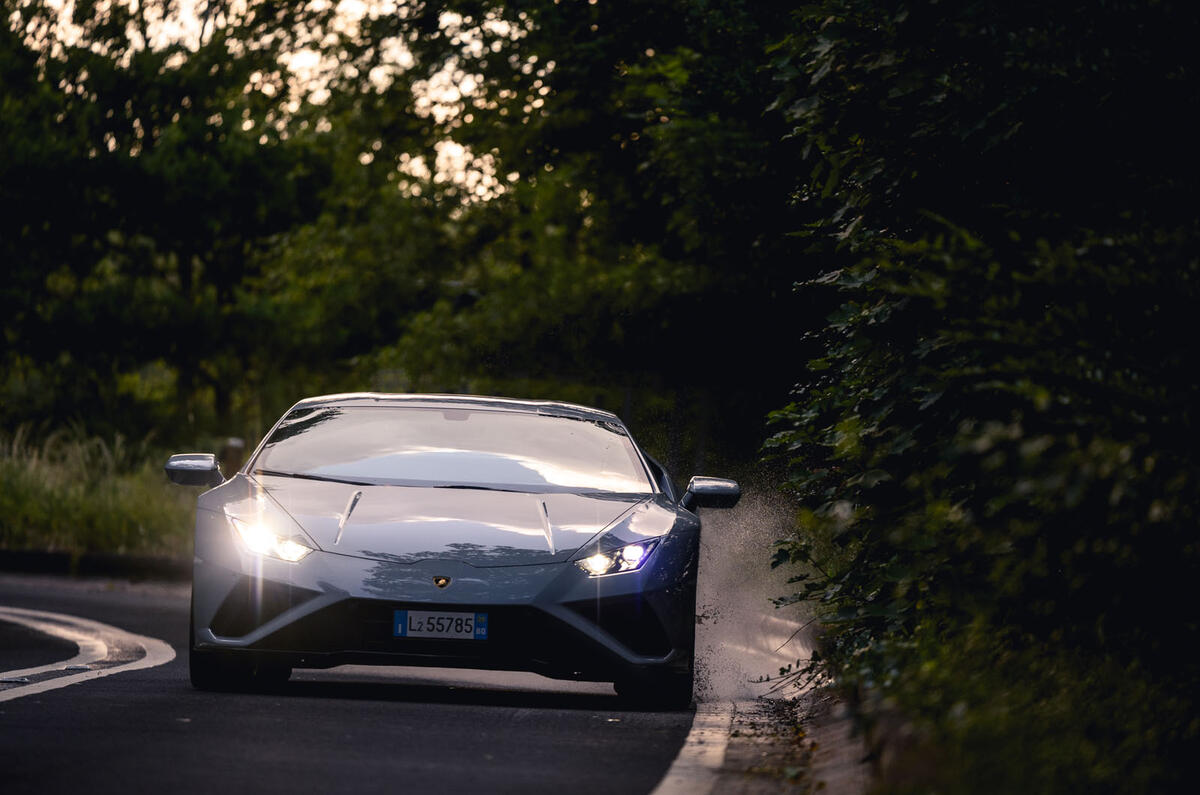
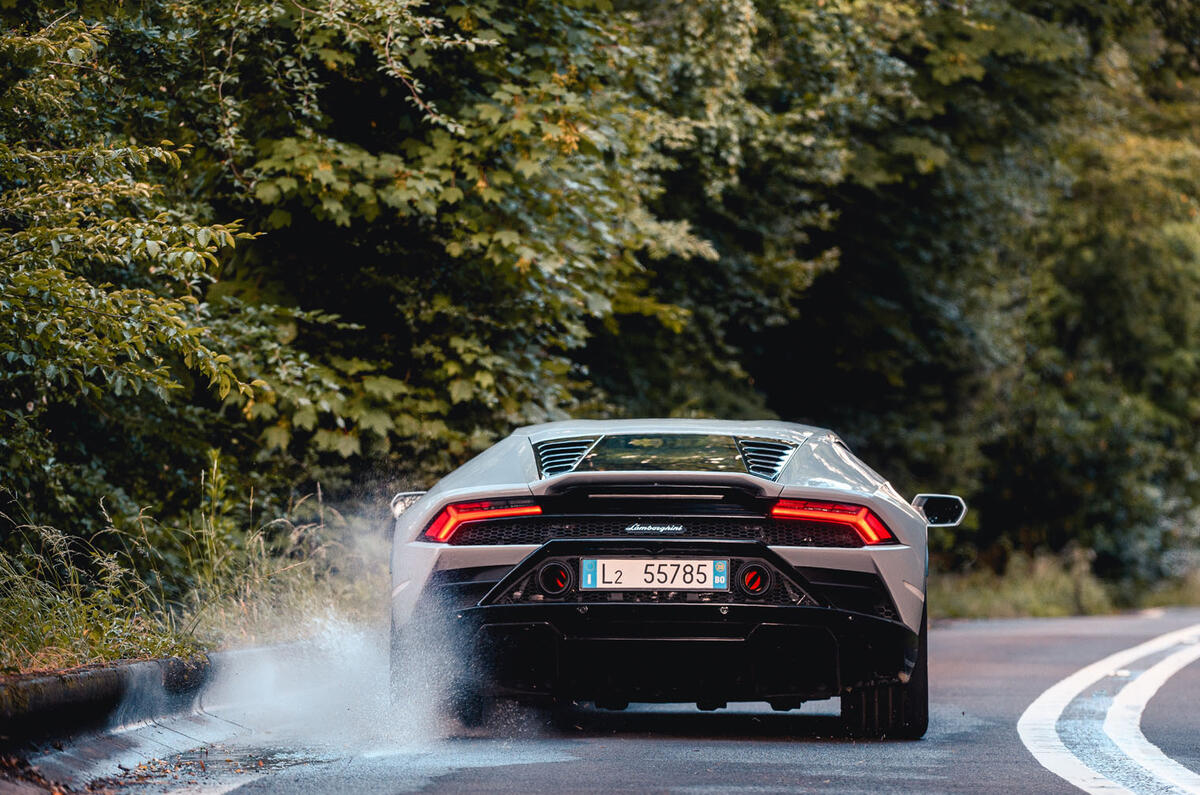
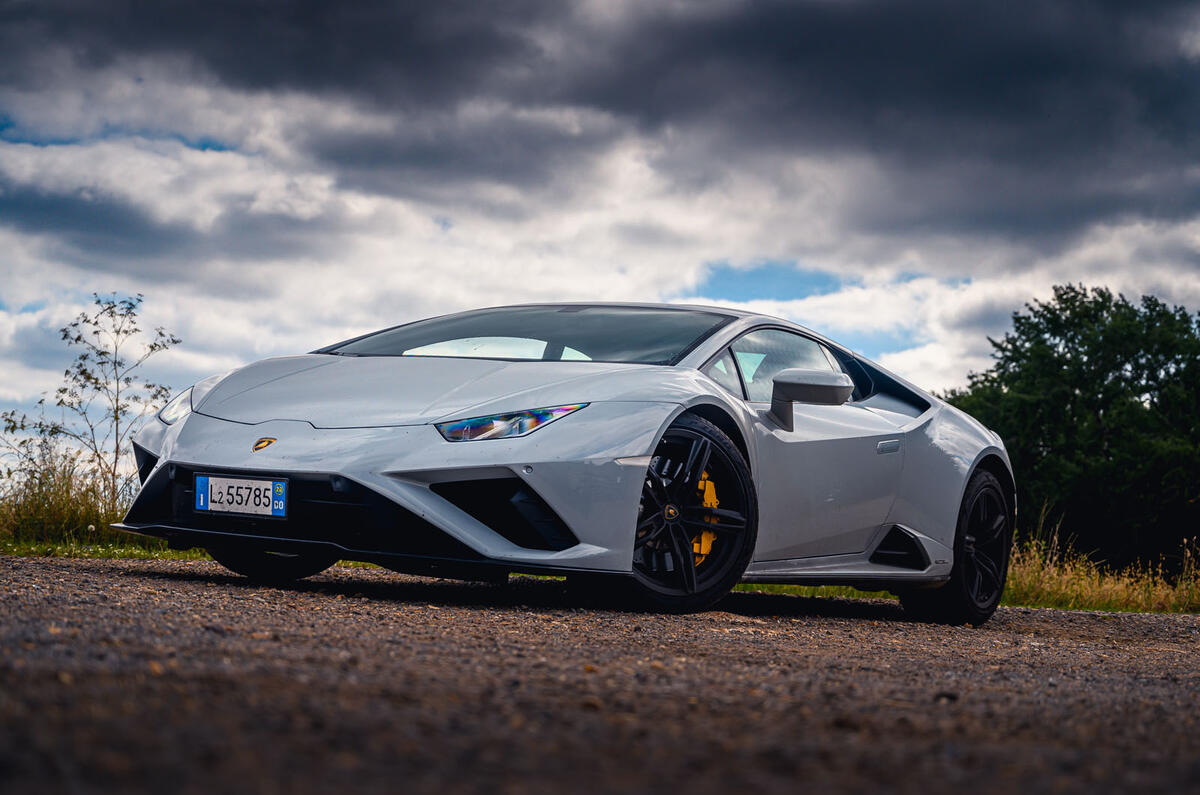






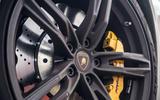
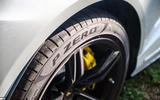
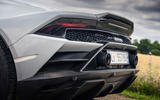


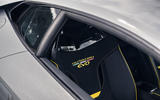
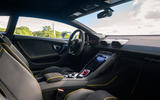

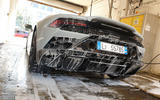












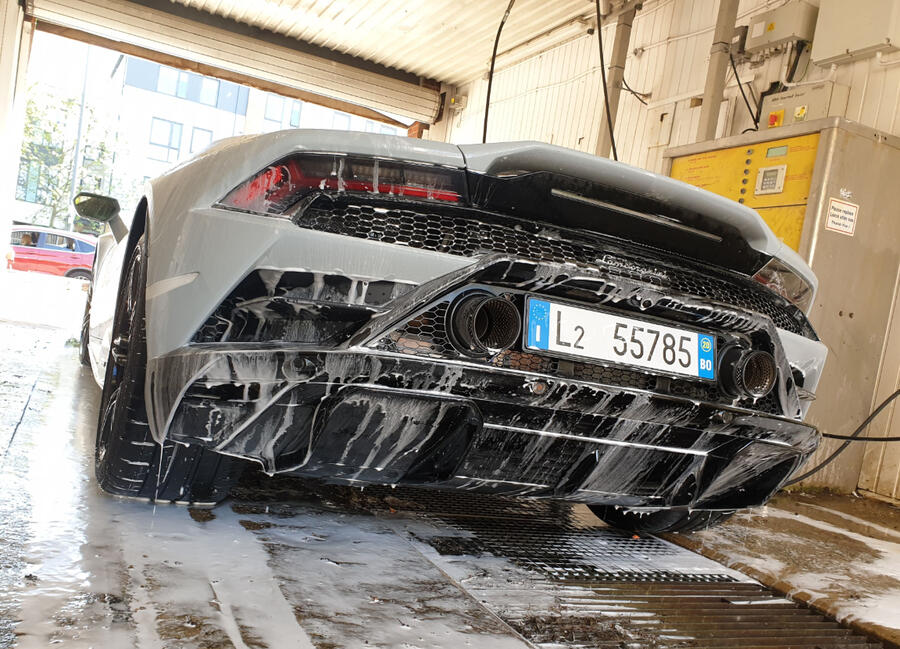
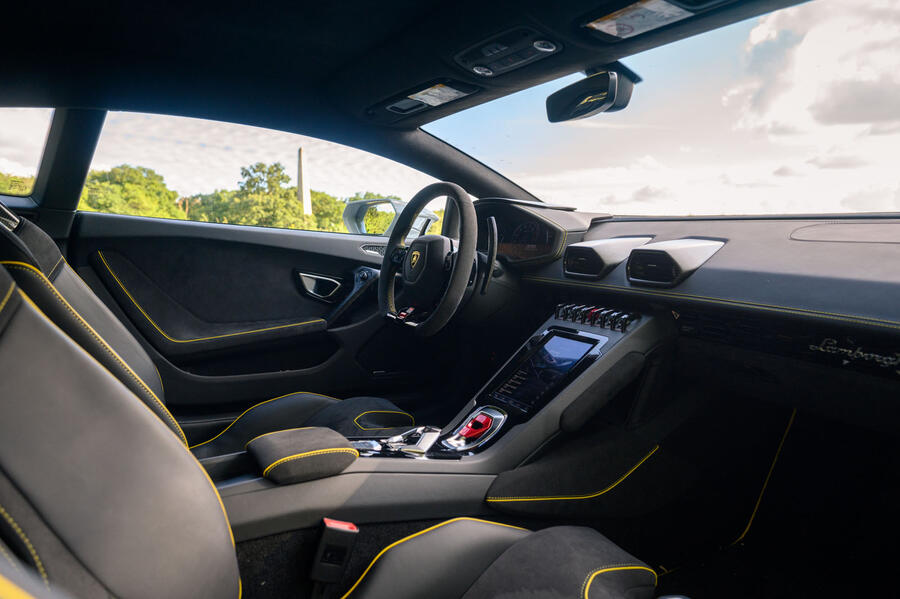
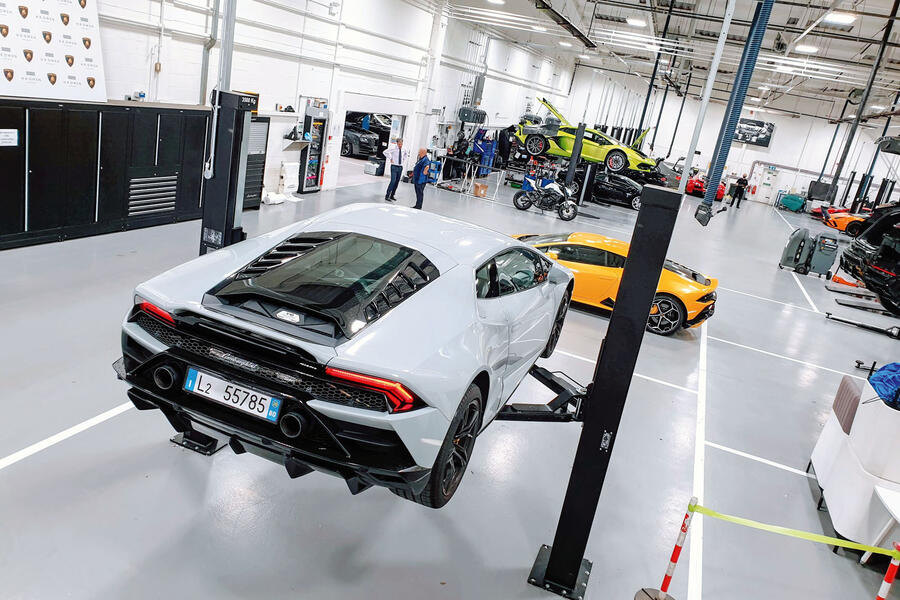
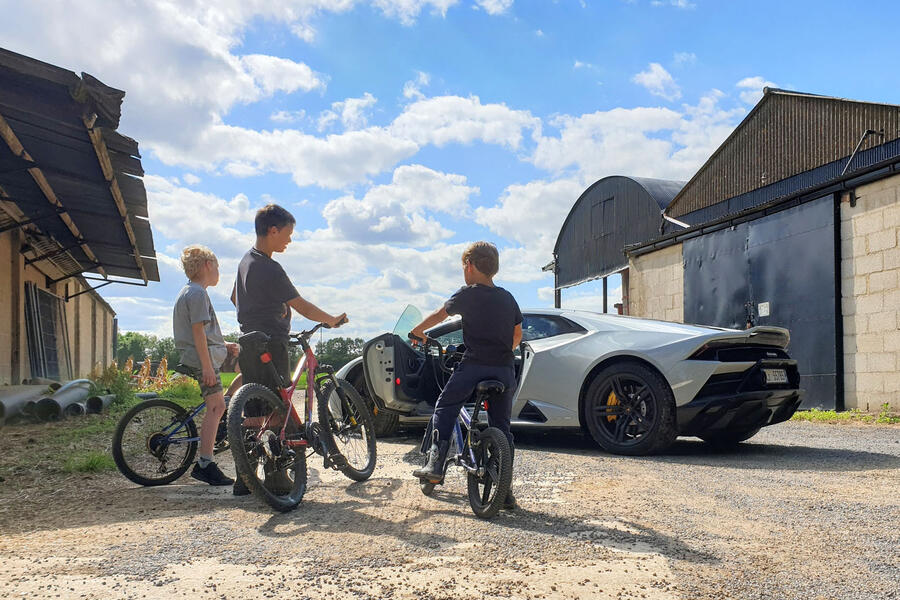
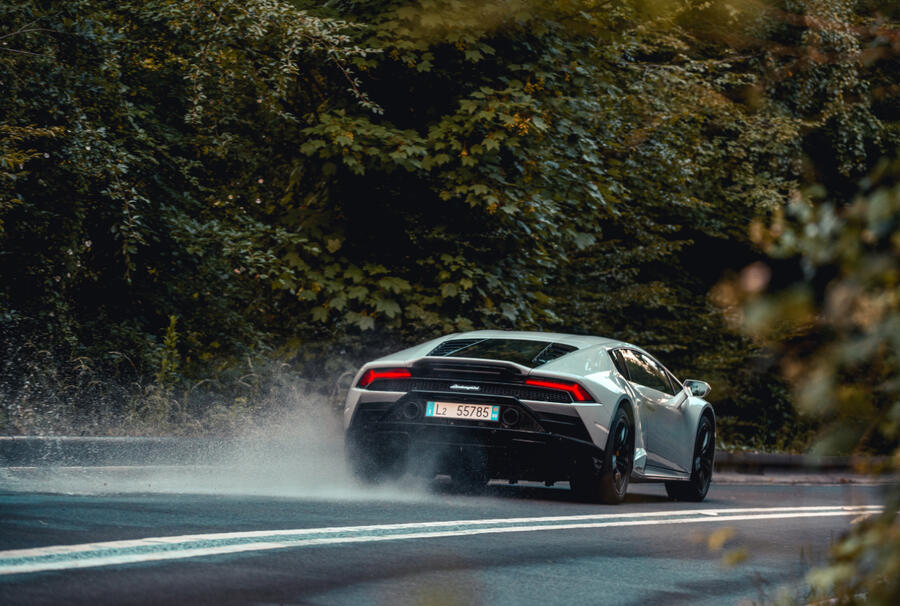
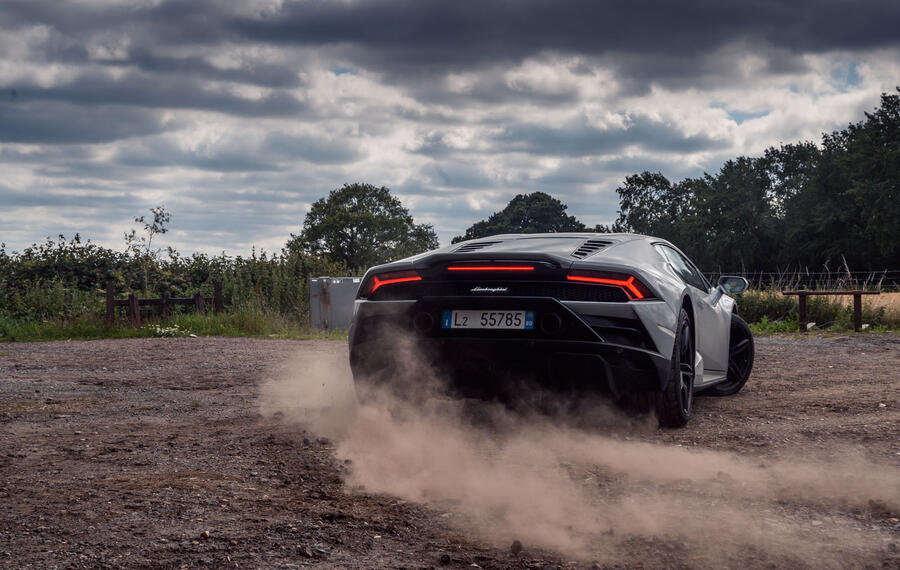
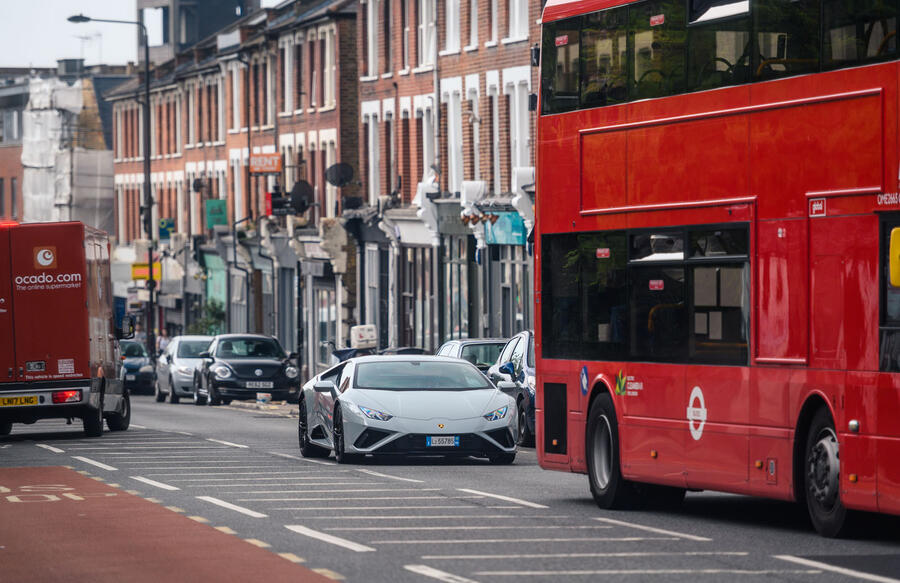





Join the debate
Add your comment
Yes, But No
Yes you can, but no you won't. I own GT4 and have owned GT3RS, neither were used as daily drivers because I had something better for that. And that's true for anyone that buys one of these. It's why motoring journalists are the last people to listen to when considering ownership of these types of vehicles - go to the brand forums, Rennlist as an example.
Boris9119 – the forums are
Boris9119 – the forums are great value, especially as many owners writing on them have cars from several brands. But I do slightly take issue with your assertion that journalists are 'the last people to listen to' (while accepting that we might not be the very first).
As it says, I was stuck with this Huracán as my only car, and have reported the facts of four months running it, good and bad. Hopefully people reading Autocar will find the story informative but also entertaining. Fair enough, unlike you I've never bought a car like this, but I did truly rely on it and I've also driven every one of its rivals extensively, which ought to count for something.
Anyway, if the question is whether you could live with this car everyday, you clearly could. Would you? As you say, probably not – though because this was my only car, I didn't have any choice.
Thanks,
RL
Next car
Tycoon – not sure my
Tycoon – not sure my neighbours would warm to an RSQ8 in quite the same way… There is something new coming, something smaller and cheaper but very interesting all the same – it’ll be in the September 9 issue.
Two things:
Two things:
1. Richard states 305mm tire width - incorrect. The configurator specifies 295 for the 19" tire.
2. Why any sane person would want to drive in Sport mode in the wet is beyond me, unless Lamborghini developed a Wet mode a la Porsche, or get the AWD model.
Manicm – the rear tyres on
Manicm – the rear tyres on this car were 305/35.
The reason you'd want Sport mode is because the throttle response is sharper, the exhaust more expressive and the gear-changes sharper. If you want to enjoy the car at its best, you therefore need Sport, because Strada is too languid for almost everything except mulching along – when you really do just want to get from A to B – or motorway driving. And why shouldn’t an owner enjoy the car just because it’s damp? It’s 2020, not 1965. It’s now possible to have your cake and eat it, and even on wet days owners will still want all those heightened sensations, but without the electronics stripped by default. Lamborghini needs to address this for the next generation – it could take the form of the 'Wet mode' you mention.
Thanks,
RL